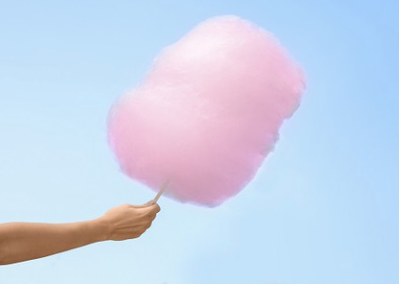Brand New Hot Waffles, Candy Floss And Fudge Puppies @ Its Funtime
Posted By: Its Funtime | Posted Date: Wednesday, January 24, 2024
Busy times at It's Fun Time Bouncy Castle Hire and Soft Play Hire. Getting bouncy castles ready for our Christmas fetes this week plus our amazing candy floss car. Also, today we have taken delivery of our brand new hot waffle machine. It makes the most incredible hot waffles - see the mini - Funtimes testing them out! I can assure you they are absolutely delicious and will be available with various sauce toppings at our fetes this year. Don't forget if you're looking for bouncy castle hire in Bourne, you're in the right place. Please do take a look around as we really do have a bouncy castle for every occasion.
Probably our most popular fun food however still remains the candy floss. There's something about the smell and the taste / texture of fresh candy floss which makes it simply irresistable. We VERY often get asked how we make candy floss and "is it just sugar"? So below, we'll discuss the steps involved in making the very freshest of candy floss.
Cotton candy, also known as candy floss, is a sugary confection made by heating and liquefying sugar and then spinning it out through tiny holes where it solidifies in mid-air and is collected on a spinning cone or bowl. The science behind making cotton candy involves some interesting physics and chemistry.
Here's a breakdown of the key steps and scientific principles involved:
-
Sugar Melting: The main ingredient in cotton candy is granulated sugar (sucrose). When sugar is heated, it melts into a liquid state. The process involves breaking the molecular bonds that hold the sugar crystals together. That said we do also add a product called flossine which is available in many different flavours and colours. Our absolute favourite is the traditional pink / vanilla combo.
-
Sugar Crystallization: The melted sugar is a supersaturated solution, meaning it holds more sugar than it would normally dissolve at room temperature. As it cools, the sugar begins to recrystallize. In the case of cotton candy, the sugar is spun out in fine threads before it can fully crystallize.
-
Spinning Process: The melted sugar is forced through tiny holes in the spinning head of a cotton candy machine. The rapid spinning causes the sugar to be thrown out in thin strands due to centrifugal force. As the sugar strands move through the air, they cool and solidify.
-
Centrifugal Force: The spinning head of the cotton candy machine generates centrifugal force, which propels the liquid sugar outwards through the tiny holes. This force is essential for creating the fine threads of cotton candy.
-
Solidification in Mid-Air: The fine sugar threads solidify almost instantly as they come into contact with the air. This is because the outer layers of the sugar strands cool rapidly, forming a thin sugar shell while the interior remains softer and floss-like.
-
Collection on a Cone or Bowl: The solidified sugar threads are collected on a spinning cone or bowl. The cone is rotated to gather the candy floss into a larger, fluffy mass.
-
Airy Texture: The rapid solidification and the trapping of air in the spun sugar create a light and airy texture, characteristic of cotton candy.
It's important to note that the success of making candy floss depends on several factors, including the humidity in the air. High humidity can make it more challenging to produce cotton candy with the desired texture because sugar tends to absorb moisture from the air, causing it to become sticky. The science behind cotton candy showcases the fascinating interplay of physics and chemistry in creating this sweet and iconic treat. Who knew your favourite sweet treat is actually so complicated?








